To reduce the peak OFDM signals that can be distorted by the nonlinearity of power amplifiers, this project has proposed an efficient structure for implementing the tone reservation method that assigns appropriate data to reserved tones. In the proposed structure, a new binary search algorithm is proposed for the peak OFDM signal Clipping, and the FFT is replaced with an approximate DFT in which complex multiplications are replaced with shift operations.The proposed system is simulated using modelsim and syntheized in Xilinx project navigator.
INTRODUCTION |
| The orthogonal frequency division
multiplexing (OFDM) system places data
information into a large number of closely spaced
orthogonal subcarriers to transmit data efficiently.
Since the time-domain OFDM signal is generated
by adding a number of subcarriers modulated
independently, its value can be very high
sometimes. Such a high peak signal is usually
distorted by the non-linearity of power amplifiers.
High peak-to-average-power ratio (PAPR) results in
three major degradations: increment of symbol error
rate (SER), loss of signal power called in-band distortion, and increment of interferences among
subcarriers
referred to as out-of-band distortion [1], [2].
Previous PAPR reduction methods can be classified
into two groups depending on the necessity of side
information. The selected mapping (SLM) [3] and
the partial transmit sequence (PTS) [4] modify
frequency-domain symbols and time-domain
signals, respectively |
| To prevent the OFDM system from burst errors,
the transmitter delivers side information to the
receiver. The other group working with no side
information includes clipping and filtering (CF) [5],
peak windowing (PW) [6], active constellation
extension (ACE) [7], and tone reservation [8], [9].
The TR method reserves a small number of
subcarriers and assigns appropriate values to reduce
PAPR. This approach is also iterative like the ACE,
but it does not change data symbols at all. Based on
the TR method, this paper proposes a new structure
that can lower hardware complexity and power
consumption. In the proposed structure, the fast
Fourier transform (FFT) is replaced with the
discrete Fourier transform (DFT), as the number of
reserved tones is much smaller than that of
subcarriers. |
TONE RESERVATION FOR PAPR
REDUCTION |
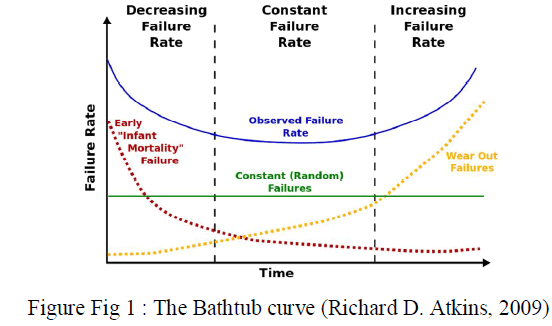 |
| Let ‘Lmax’ be the input threshold voltage
that forces the power amplifier to be saturated. If
the time-domain signal values are all less than
‘Lmax’ the reserved-tone values are eventually
allocated to the reserved tones. Otherwise, we
modify the reserved-tone values with considering
the effects of the current values. The time-domain
signal exceeding ‘Lmax’ is clipped. The clipped
samples are decomposed into frequency-domain
values by conducting FFT. Then, we subtract the
frequency components from the current reservedtone
values so as to update them. As the
subtraction is performed only for the reserved tones,
data symbols allocated to data subcarriers are not
changed at all. To reduce the number of signal
peaks exceeding ‘Lmax’ as many as possible, we
have to perform the above procedure iteratively.
However, the iterative computation increases the
computational complexity as well as the hardware
complexity. To clip the time-domain signal
exceeding ‘Lmax’ , the approach called projection
onto convex set (POCS)is usually used owing to its
good theoretical properties. If the magnitude of an
OFDM sample is greater than ‘Lmax’ , the sample
should be scaled to ‘Lmax’ . For a time- domain
sample x(n), the surplus portion to be clipped off,
‘Xclip(n)’ is computed as follows: |
 |
| The POCS-based clipping expressed in this
equation is difficult to implement, because of the
magnitude computation of the sample and the
complex domain multiplication involved in
equation. |
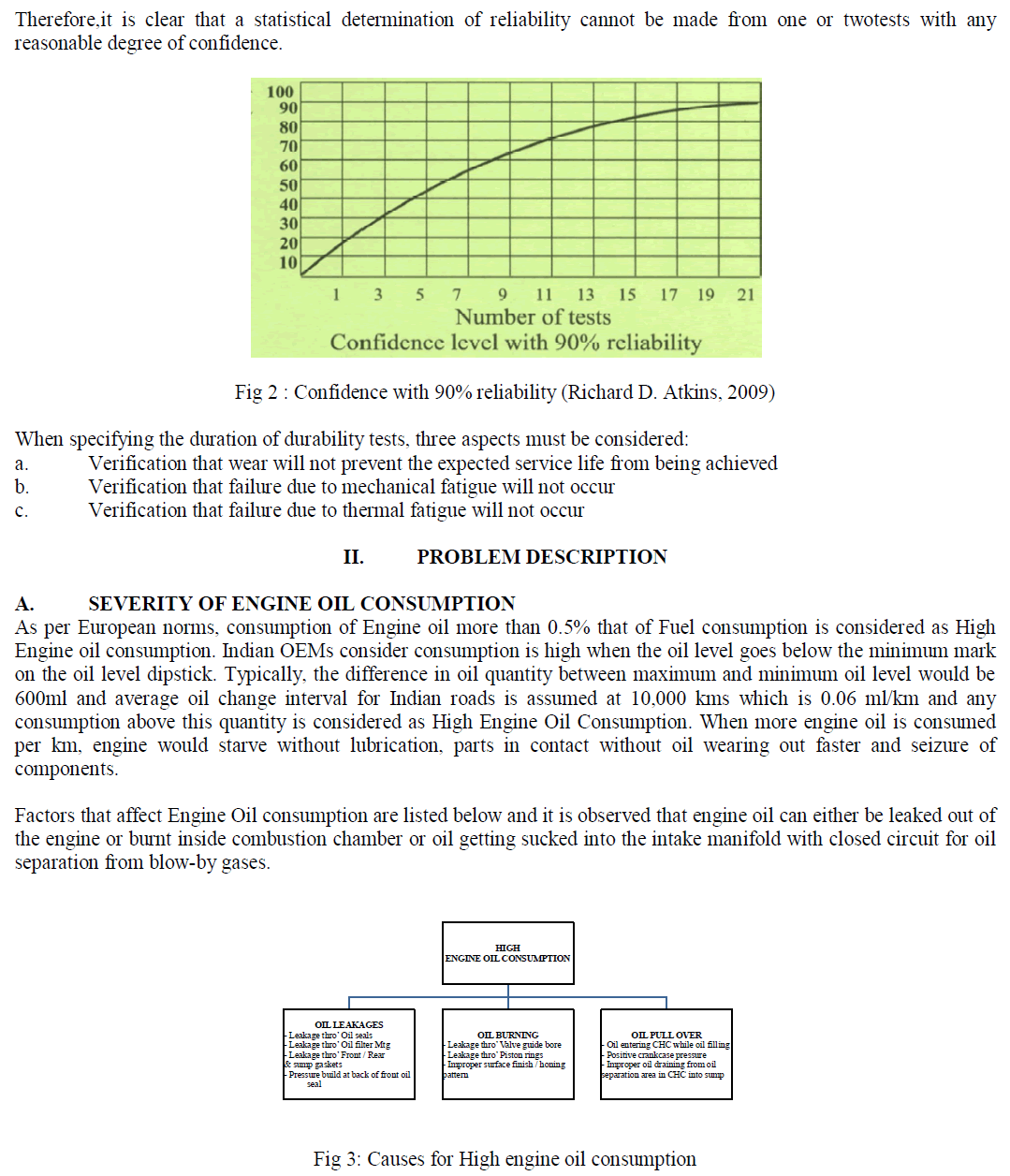 |
| In the proposed structure, the four iterations are
pipelined using four stages each of which is in
charge of one iteration. One stage consists of a
FIFO buffer and three computational blocks for
POCS-based clipping, approximate DFT, and
modified radix-2 IFFT.Note that the approximation
and modification applied to the DFT and IFFT are
specific only for the TR method. The FIFO buffer is
needed to temporarily store the input signals. The
modified OFDM signal is generated by adding the
incremental signal resulting from the approximate
DFT to the input OFDM signal read from the FIFO
buffer. |
| Binary Search for POCS-Based Clipping |
| The previous approach for the POCS-based clipping
is to transform the rectangular coordinate to the
polar coordinate (R2P) [11], which can be achieved by rotating the time-domain sample to the
horizontal axis. The coordinate rotation can be
realized by employing the coordinate rotation
digital computer (CORDIC) approach [11] that
computes the magnitude and angle of a complex
value. However, the CORDIC computation is
iterative and associated with a long latency. |
| To reduce the complexity of the POCS-based
clipping, we propose a new approximation method
based on the binary search. The first step is to
compute the squared magnitude of the sample. |
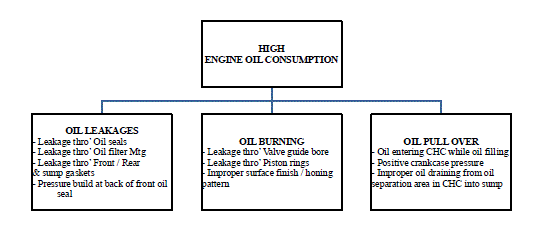 |
| As the binary search is conducted only if the
scaling factor is always less than 1. The precomputed
scaling factors are stored into a LUT.
After we read a scaling factor from the LUT by
using the whole comparison results as an index, we
compute the scaled values of and by multiplying
the scaling factor. The scaled values should be
subtracted from the sample values to derive the
clipped values. |
Approximate DFT |
| In the conventional TR method, the FFT is directly
used to decompose the clipped samples into frequency components. As the TR method concerns
only the reserved tones, applying the DFT only to
the reserved tones can result in a computational
complexity lower than that of the FFT. |
Modified Radix-2 IFFT |
| For real-time processing, the IFFT
processing block is designed based on the structure
of radix-2 single-path delay feedback (R2SDF).In
the R2SDF structure, one of the two butterfly
outputs is stored into the feedback shift register, and
only a single data stream goes through the
multiplier at every stage. Initial OFDM signal is
produced by using the conventional R2SDF IFFT,
because most of the input data are non-zero at that
time. In the iterative IFFT for the TR method,
however, the input data are zero except for reserved
tones. When the reserved tones are fixed to specific
subcarrier locations, we can further reduce the FIFO
buffers and the LUT of twiddle factors, because
there is no need to store the zero inputs and their
corresponding twiddle factors. |
PERFORMANCE ANALYSIS |
| The proposed architecture is designed using
verilog HDL,simulated using modelsim software
and synthesized using Xilinx project navigator.The
RTL schematic view is illustrated in fig and its
technology schematic view is displayed in fig. |
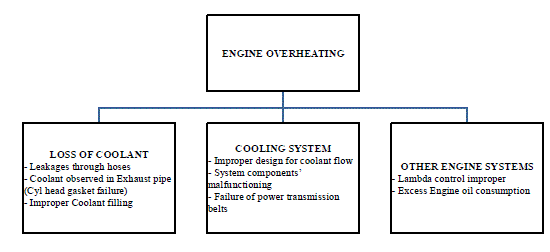 |
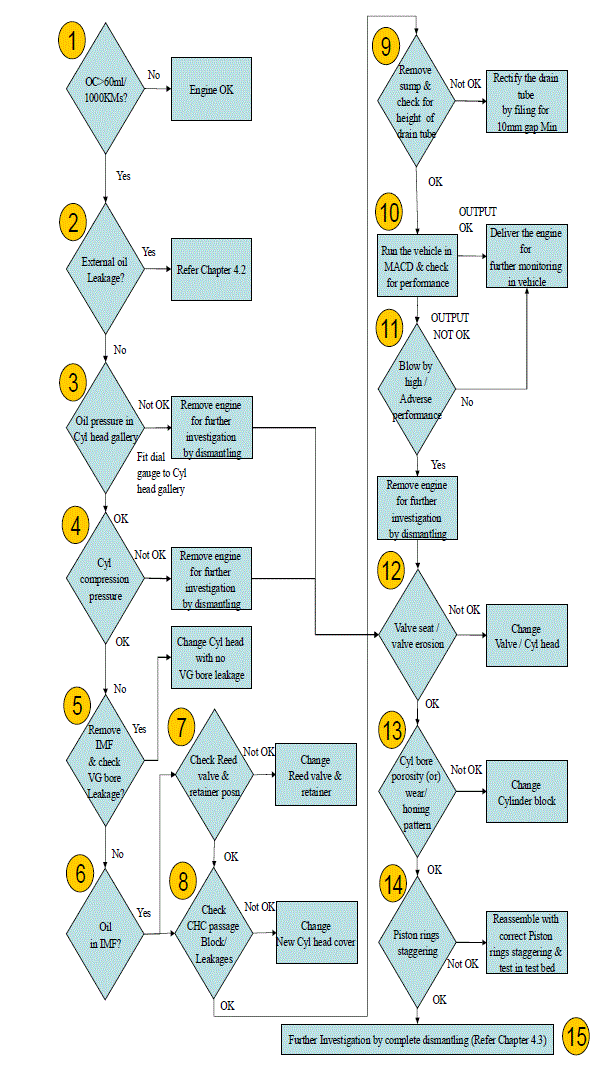 |
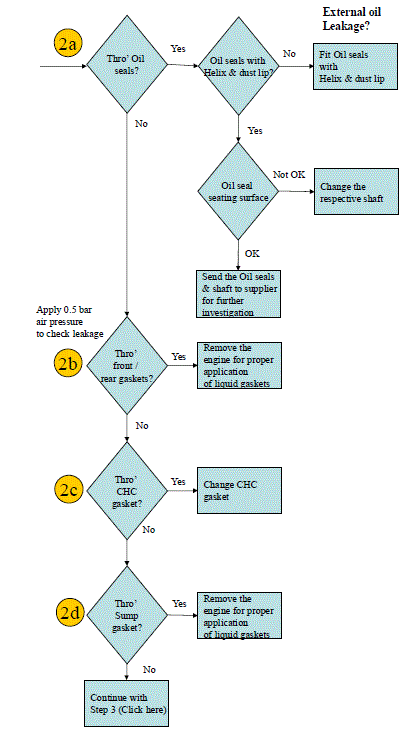 |
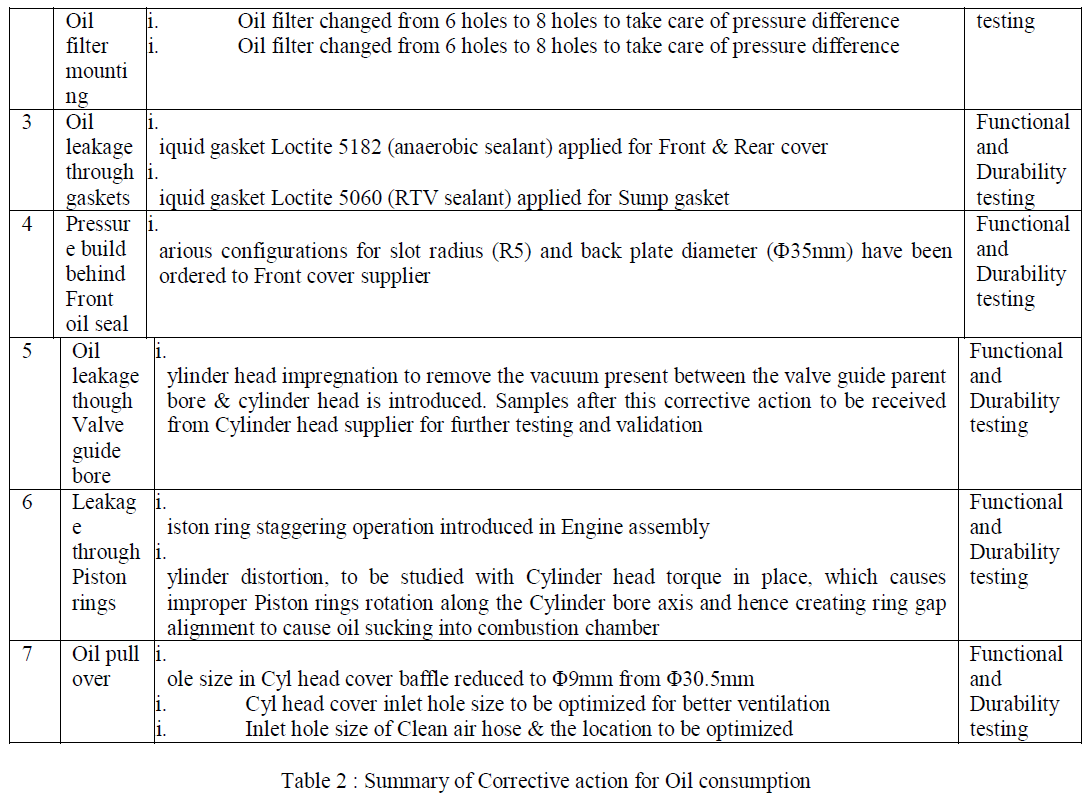 |
CONCLUSION |
| To reduce the peak OFDM signals that can
be distorted by the nonlinearity of power amplifiers,
this paper has proposed an efficient structure for
implementing the tone reservation method that
assigns appropriate data to reserved tones. In the
proposed structure, a new binary search algorithm
has been proposed for the POCS-based Clipping,
and the FFT is replaced with an approximate DFT
in which complex multiplications are replaced with
shift operations. In addition, the IFFT is minimized
by reducing the FIFO size and the corresponding
twiddle factors. The proposed structure reduces
hardware complexity and power consumption
significantly, while achieving almost the same
performance as the conventional structure. |
References |
- H. Ochiai and H. Imai, âÃâ¬ÃÅOn the distribution of the peak-to-averagepower ratio in OFDM signals,âÃâ¬Ã IEEE Trans. Commun., vol. 49, no. 2,pp. 282âÃâ¬Ãâ289, Feb. 2001.
- S. S. Das, F. Tariq, M. I. Rahman, F. B. Frederiksen, E. DeCarvalho, and R. Prasad, âÃâ¬ÃÅImpact of nonlinear power amplifier on linkadaptation algorithm ofOFDMsystems,âÃâ¬Ã in Proc. IEEE Veh. Technol.Conf., 2007, pp. 1303âÃâ¬Ãâ1307.
- H. Breiling, S. H. MÃÆüller-Weinfurtner, and J. B. Huber, âÃâ¬ÃÅSLMpeakpower reduction without explicit side information,âÃâ¬Ã IEEECommun.Lett., vol. 5, no. 6, pp. 239âÃâ¬Ãâ241, Jun. 2001.
- L. J. Cimini, Jr. and N. R. Sollenberger, âÃâ¬ÃÅPeak-to-average powerratio reduction of an OFDM signal using partial transmit sequences,âÃâ¬ÃÂIEEE Commun. Lett., vol. 4, no. 3, pp. 86âÃâ¬Ãâ88, Mar. 2000.
- S.-K. Deng and M.-C. Lin, âÃâ¬ÃÅRecursive clipping and filtering withbounded distortion for PAPR reduction,âÃâ¬Ã IEEE Trans. Commun., vol.55, no. 1, pp. 227âÃâ¬Ãâ230, Jan. 2007.
- M. Ojima and T. Hattori, âÃâ¬ÃÅPAPR reduction method using clippingand peak-windowing in CI/OFDM system,âÃâ¬Ã in Proc. IEEE Veh.Technol.Conf., 2007, pp. 1356âÃâ¬Ãâ1360.
- D. L. Jones, âÃâ¬ÃÅPeak power reduction in OFDM and DMT via activechannel modification,âÃâ¬Ã in Proc. IEEE Asilomar Conf. Signals,Syst.,Comput, 1999, pp. 1076âÃâ¬Ãâ1079.
- S. Janaaththanan, C. Kasparis, and B. G. Evans, âÃâ¬ÃÅA gradient basedalgorithm for PAPR reduction of OFDM using tone reservationtechnique,âÃâ¬Ã in Proc. IEEE Veh. Technol. Conf., 2008, pp. 2977âÃâ¬Ãâ2980.
- S. Hosokawa, S. Ohno, K. A. D. Teo, and T. Hinamoto, âÃâ¬ÃÅPilot tonedesign for peak-to-average power ratio reduction in OFDM,âÃâ¬Ã inProc.IEEE Int. Symp. Circuits Syst., 2005, pp. 6014âÃâ¬Ãâ6017.
- Wireless LAN MAC and PHY SpecificationsâÃâ¬ÃâHigh-SpeedPhysical Layer in the 5 GHz Band, IEEE Standard 802.11a, 1999.
- C.Wei, Y. Tianren, and W. Hui, âÃâ¬ÃÅA new method for reduction ofPAPR using CORDIC algorithm inWiMAXsystem,âÃâ¬Ã in Proc. IEEE Int.Conf. Commun., Circuits, Syst., 2006, pp. 1193âÃâ¬Ãâ1196.
- B. M. Bass, âÃâ¬ÃÅA low-power, high-performance, 1024-point FFTprocessor,âÃâ¬Ã IEEE J. Solid-State Circuits, vol. 34, no. 3, pp. 380âÃâ¬Ãâ387,Mar.1999.
- H.-Y. Lee and I.-C. Park, âÃâ¬ÃÅBalanced binary-tree decomposition forarea-efficient pipelined FFT processing,âÃâ¬Ã IEEE Trans. Circuits Syst. I,Reg. Papers, vol. 54, no. 4, pp. 889âÃâ¬Ãâ900, Apr. 2007.
|